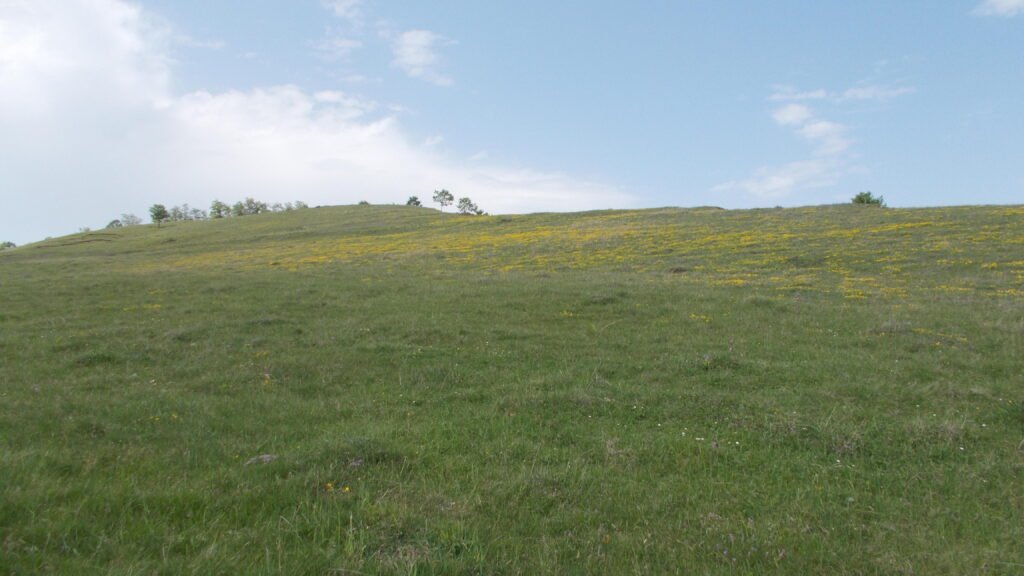7 Historical Riddles That Modern Science Is Only Now Solving
There’s something strangely thrilling about realizing that the past is not a closed book, but an active investigation. For centuries, people stared at crumbling ruins, puzzling manuscripts, and ancient bones, making their best guesses about what really happened. Now, with advanced tools like DNA sequencing, satellite imaging, and AI analysis, some of history’s biggest question ...













